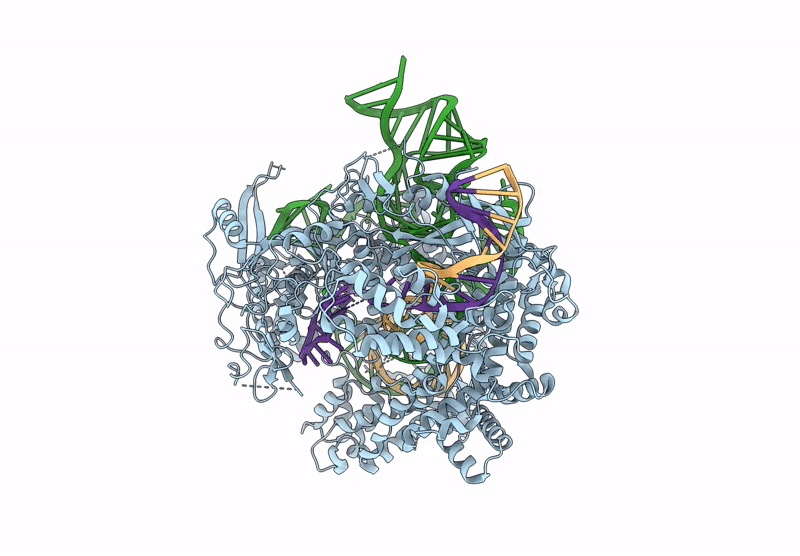
Deposition Date
2024-11-15
Release Date
2025-07-02
Last Version Date
2025-07-02
Entry Detail
PDB ID:
9KLO
Keywords:
Title:
Cryo-EM structure of ChCas12b-sgRNA-extended non-target DNA ternary complex (Complex-B)
Biological Source:
Source Organism:
Host Organism:
Method Details:
Experimental Method:
Resolution:
2.81 Å
Aggregation State:
PARTICLE
Reconstruction Method:
SINGLE PARTICLE


